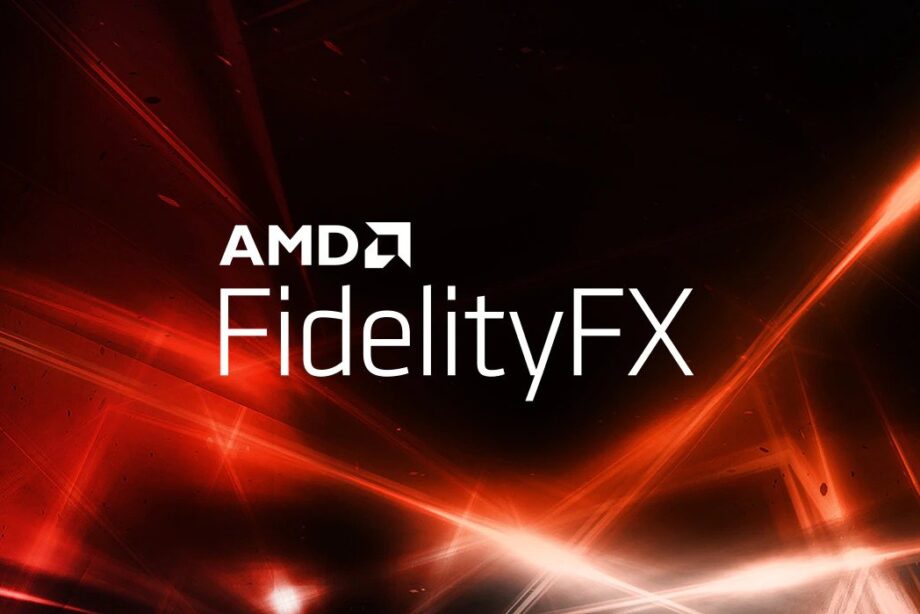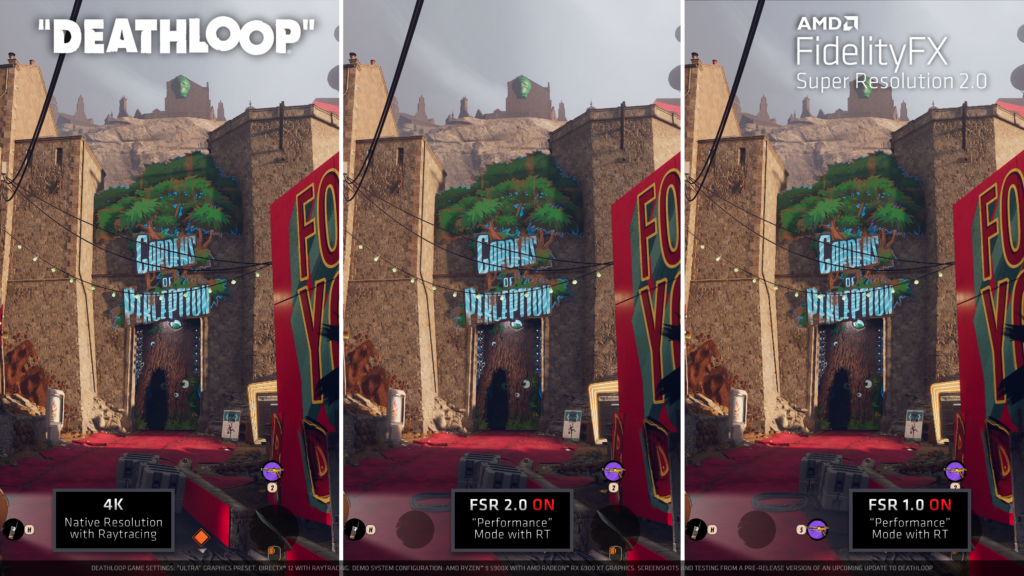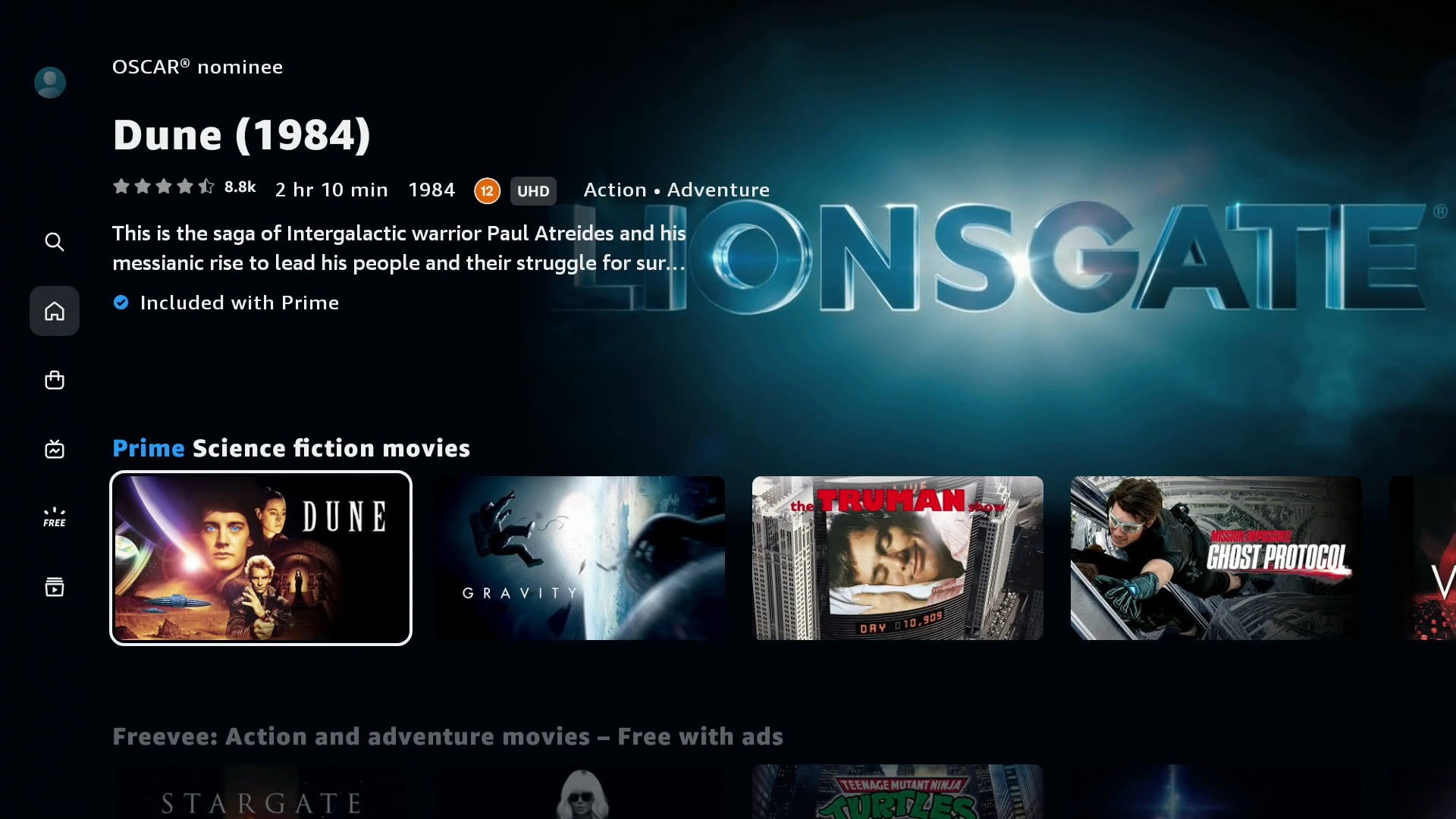AMD announces FSR 2.0, featuring improved upscaled image quality

AMD has announced AMD FidelityFX Super Resolution 2.0 (aka FSR 2.0), the company’s second iteration of the DLSS-rivalling temporal upscaling software.
The new FSR 2.0 is apparently capable of rendering games at a superior image quality than FSR 1.0 at all quality presets and resolutions.
While the original FSR is capable of boosting the performance of a game thanks to its upscaling capabilities, it has struggled to produce images at the same quality as Nvidia’s DLSS technology, which uses machine learning to enhance visuals.
FSR 2.0 looks to boost the image quality further than its predecessor, although AMD has confirmed it still won’t require machine learning hardware. While this makes it difficult for AMD to compete with Nvidia in terms of image quality, it enables FSR to be supported by a wider range of games and graphics cards.
AMD has confirmed that Deathloop will be the first game supported by FSR 2.0, although is yet to confirm any additional titles.

Other than providing some comparison images of Deathloop running on both FSR 1.0 and FSR 2.0, AMD hasn’t provided a huge amount of information or performance metrics for FSR 2.0, but promises to reveal more at a later date.
AMD FSR 2.0 will launch in Q2 2022, so we may still have several weeks to wait until we can start using the new, updated technology.
AMD also unveiled new upscaling technology called Radeon Super Resolution (aka RSR) which uses the same algorithm as FSR, but is baked into an AMD driver rather than in-game engines. This means that FSR will support over 1000 games at launch, as developers don’t need to update games to ensure compatibility.
The drawback of RSR is that the upscaled image quality isn’t quite as good as FSR, so the latter will still be the superior option for games that are supported. You’ll also need a Radeon 5000 Series graphics card or newer to run RSR, whereas FSR is available on a wider range of GPUs.








